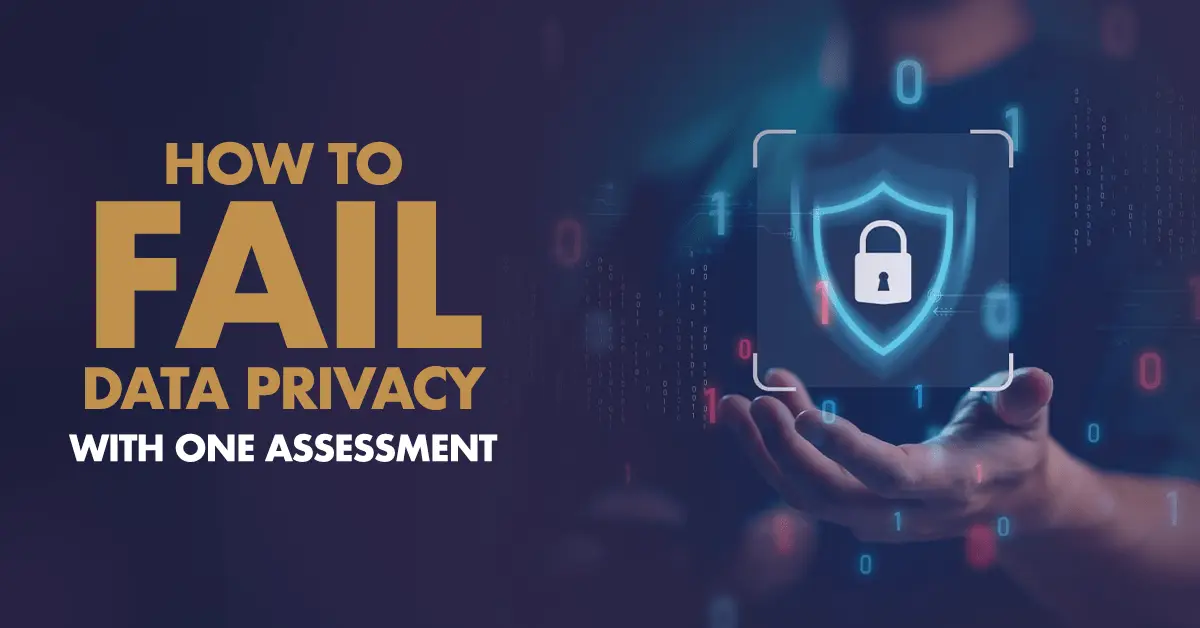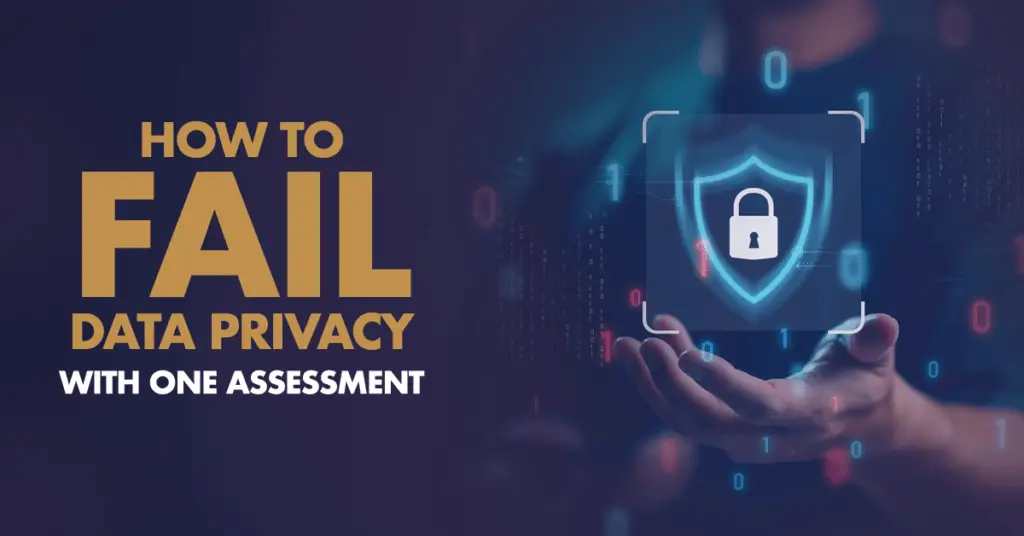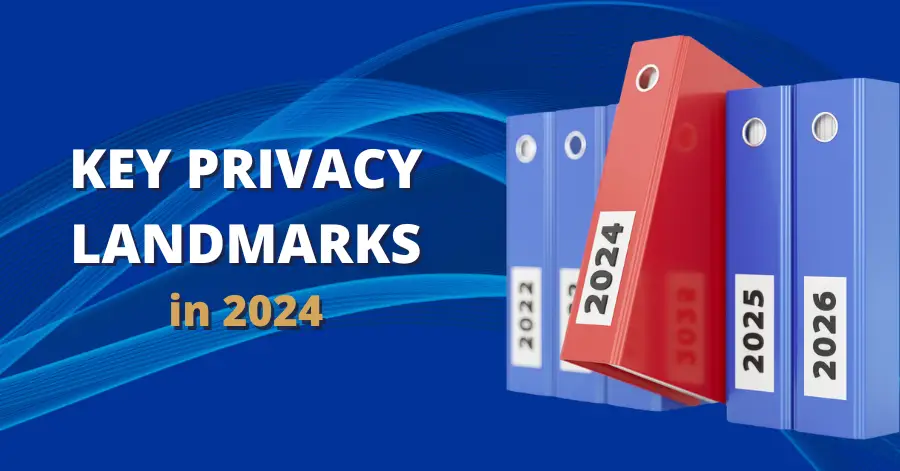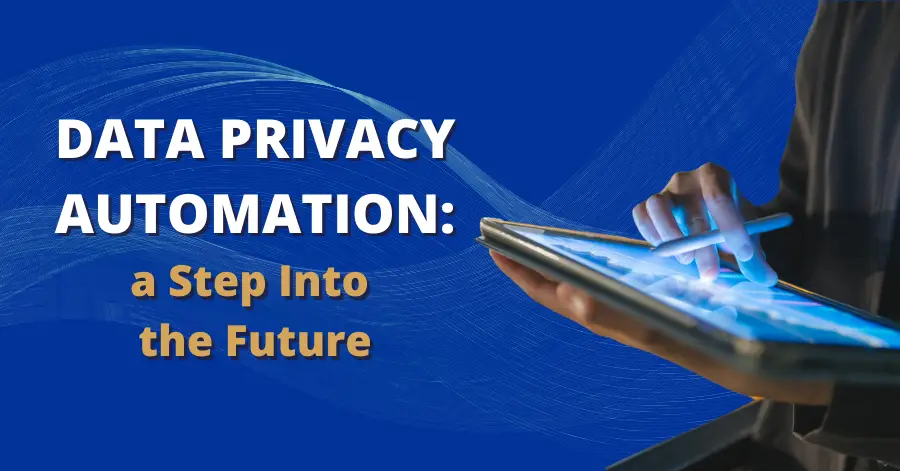How to Fail Data Privacy with One Assessment


The more secure you can keep customers’ data and use it only in compliance with privacy laws and regulations, the better. But what may not be as immediately apparent is the fact that simply “running an assessment” may not be enough. Specifically, what kind of data privacy assessment do you need?
To protect yourself, you may need to perform multiple assessments that identify and assess risks from a variety of perspectives. The five most common types of data privacy assessments do an excellent job of this. Today, we’re looking at what these data privacy assessments are and when you need them.
Privacy Impact Assessment (PIA)
Privacy impact assessments (PIAs), arguably the most well-known, form the cornerstone of data privacy compliance initiatives. PIAs evaluate every point of contact with customer data, be it collection, utilization, or maintenance. The process is designed to identify potential risks immediately and patch the leaks before they become serious.
Many privacy laws mandate PIAs (though sometimes a different term is used). But legal requirements shouldn’t be the only reason to run a privacy impact assessment. Consider running regular PIAs as preventive measures to protect both yourself and your customers’ information.
Transfer Impact Assessment (TIA)
Transfer impact assessments (TIAs) come into play when transferring personal data from the European Union to non-EU countries. Simply put, TIAs ensure that the transferred data is just as secure following the transfer as it was under the GDPR. (With the passage of more recent privacy laws, presumably TIAs could also apply to any data transfer where regulations are involved.)
TIAs focus primarily on verifying data transfer mechanisms and assessing the privacy laws in the destination country to ensure compliance.
Vendor Risk Assessment (VRA)
Not every third-party vendor has the same rigorous privacy standards as your company. A vendor risk assessment (VRA), as its name implies, lets your organization see if partnering with specific third parties is worth it.
Typically conducted during onboarding or vendor assessments, VRAs extend your privacy standards to encompass your business partners and service providers. Each point of data processing is examined. Any potential vulnerabilities are identified and addressed immediately. Third parties are a potential weak point for security—don’t let that be the case for you.
Business Impact Assessment (BIA)
Business impact assessments (BIAs) are a unique type of assessment in that they don’t identify privacy problems or propose solutions. Instead, they examine the potential consequences of business disruptions or problems identified by other assessments.
Your security team will generally handle the BIAs. They take a proactive approach to identifying how your current issues could impact your organization’s privacy concerns, data management, compliance status, and more. This allows you to be ready to tackle otherwise unforeseen challenges.
Enterprise Risk Assessment (ERA)
Enterprise risk assessments (ERAs) are a look at the bigger picture. Usually, these assessments will be run at a management level through internal audits or similar assessments, examining a broad spectrum of potential risks.
ERAs cover everything the above assessments cover and more, but from a higher view that allows company leadership to see the bigger picture. A problem identified by one assessment may look negligible until viewed in the light of everything else. An ERA empowers a company’s board and upper management to make informed decisions on any identified problems, as well as the organization’s strategy moving forward.
Confused? We Can Help
Which kind of data privacy assessment does your business need? Or maybe it needs more than one. Whatever the case, our team can help. Give us a call today for help analyzing your current privacy setup.






